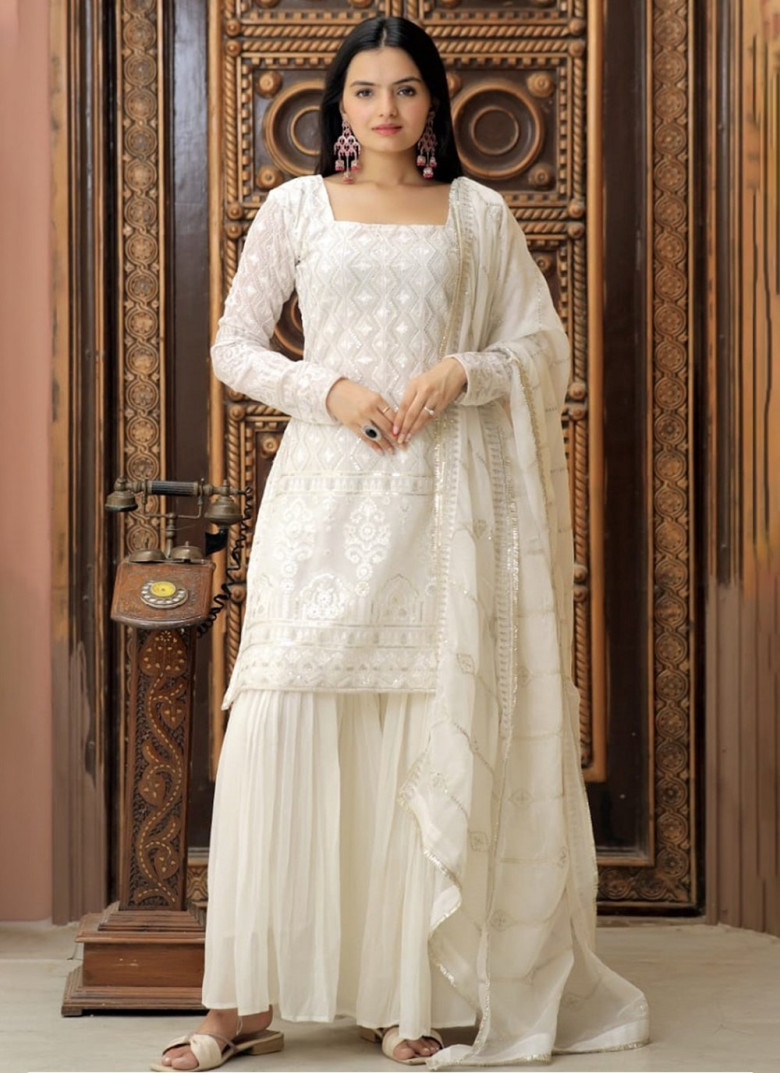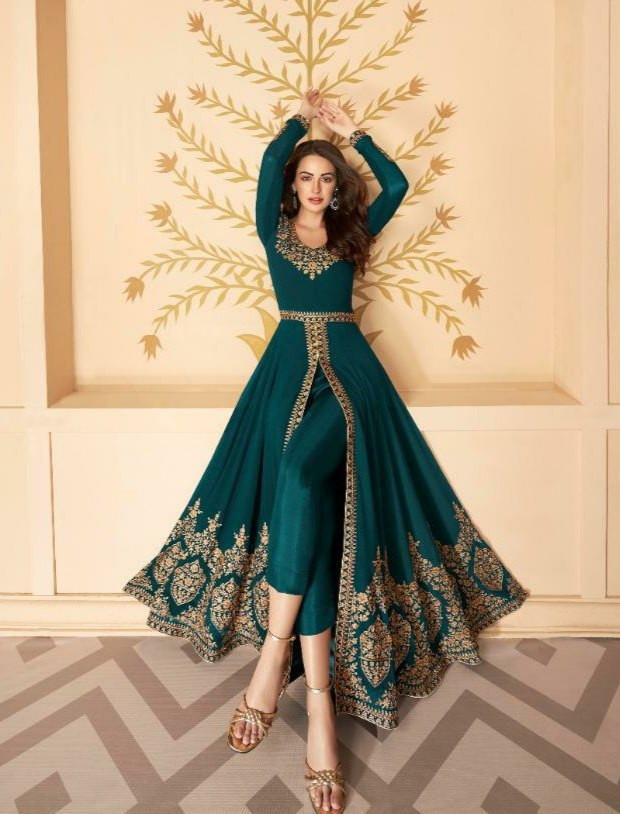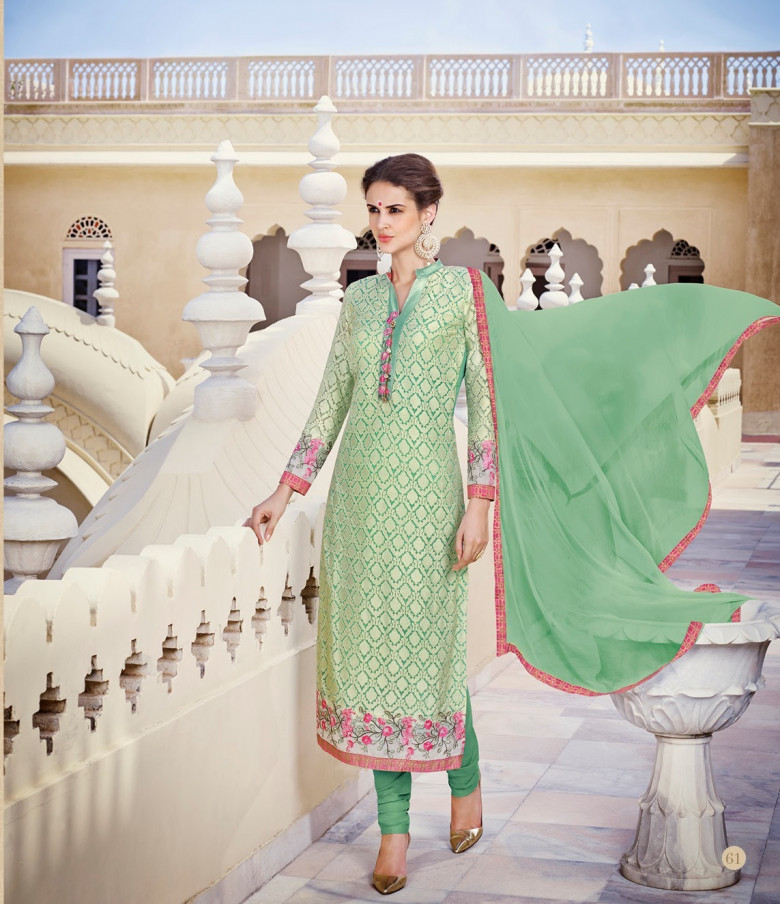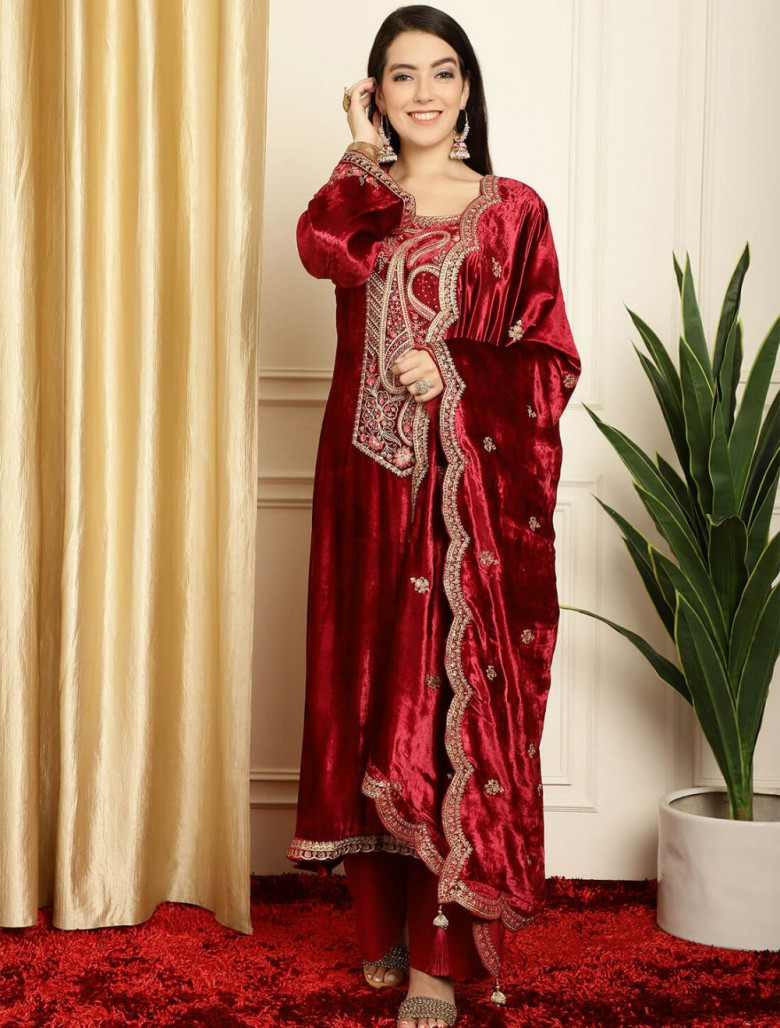views
The Salwar Kameez has remained a staple of South Asian fashion for centuries. Rooted in tradition yet constantly evolving, this elegant outfit has adapted to modern tastes while maintaining its cultural essence. Whether you're looking for comfort, style, or versatility, the Salwar Kameez offers endless possibilities.
But with changing trends, many people find themselves wondering:
-
How do you choose the right Salwar Kameez for different occasions?
-
What are the latest styles in the market?
-
How can you blend tradition with contemporary fashion?
This article explores the fascinating evolution of the Salwar Kameez, helping you understand its history, transformations, and current trends, so you can make the best fashion choices for your wardrobe.
The Traditional Roots of Salwar Kameez
Origin and Cultural Significance
The Salwar Kameez originated in the Punjab region of India and Pakistan, where it was traditionally worn by women of all ages. It consists of three key pieces:
-
Salwar - A pair of loose, pleated trousers, typically gathered at the ankle.
-
Kameez - A long tunic that can be fitted or flared.
-
Dupatta - A long scarf draped over the shoulders or head.
Historically, this outfit symbolized modesty, elegance, and grace. It was crafted with simple cotton fabrics for daily wear and intricate silk and embroidery for festive occasions.
Transition to Modern Styles
Influence of Bollywood and Pop Culture
One of the biggest influences on Salwar Kameez styles has been Bollywood. Movies in the 1970s and 1980s showcased actresses in heavily embroidered, flowing Anarkali suits. The 1990s introduced body-fitted kameez styles, and the 2000s saw a rise in Indo-Western fusions.
Introduction of New Fabrics and Cuts
With the growth of the fashion industry, designers began experimenting with:
-
Lighter fabrics like chiffon, georgette, and crepe for a modern, breezy feel.
-
Innovative cuts such as high-low hemlines, asymmetrical kameez, and palazzo pants.
-
Fusion styles incorporating Western elements like off-shoulder designs, capes, and jacket-style kameez.
Contemporary Salwar Kameez Trends
1. Palazzo Suits - A Comfortable Choice
Instead of traditional tight-fitting churidars, women now prefer wide-legged palazzo pants paired with stylish kameez. These offer both comfort and elegance, making them perfect for office wear and casual outings.

2. Anarkali Suits - Royal and Graceful
Named after the Mughal-era courtesan Anarkali, this style features a long, flowing kameez that flares from the waist. Anarkali suits are a top choice for weddings and festive occasions due to their regal appeal.

3. Straight-Cut Suits - Minimal Yet Chic
For those who prefer a contemporary look, straight-cut suits with cigarette pants or leggings are trending. These styles emphasize a structured silhouette, making them ideal for professional and semi-formal events.

4. Cape-Style Salwar Kameez - A Modern Twist
The addition of a cape to the traditional Salwar Kameez gives it a trendy, dramatic look. Capes can be short, flowy, or even embroidered to add an extra layer of sophistication.

5. Pakistani Salwar Kameez - Timeless Elegance
Pakistani-style Salwar Kameez is known for its longer kameez, often paired with straight pants or wide-legged trousers. These outfits feature intricate embroidery and pastel hues, making them a go-to choice for cultural events.

Choosing the Right Salwar Kameez for Every Occasion
1. Casual Wear
-
Opt for cotton or linen fabrics.
-
Go for simple prints and minimal embroidery.
-
Straight-cut suits or A-line kameez work best.
2. Workwear
-
Choose solid colors or subtle patterns.
-
Palazzo suits or tailored churidar sets create a professional look.
-
Avoid heavy embellishments; opt for structured fits.
3. Festive & Wedding Wear
-
Rich fabrics like silk, georgette, and velvet.
-
Embellished, embroidered, or heavily adorned suits.
-
Anarkali, sharara, or cape-style suits for a luxurious feel.
4. Party Wear
-
Experiment with bold cuts, off-shoulder designs, and stylish dupattas.
-
Opt for modern high-low hemlines or asymmetrical designs.
How to Keep Your Salwar Kameez Trendy & Timeless
-
Mix and Match: Pair your kameez with different bottom styles like palazzos, dhoti pants, or jeans for a fresh look.
-
Play with Accessories: Statement earrings, embroidered juttis, and stylish clutches can elevate your outfit.
-
Layer Smartly: Add a stylish jacket, shrug, or belt to give your traditional outfit a modern twist.
-
Opt for Neutral Colors: While bright colors are great, pastels and earth tones offer versatility and elegance.
Conclusion
The Salwar Kameez has transformed beautifully over the decades, bridging the gap between tradition and modernity. Whether you prefer classic styles or contemporary silhouettes, there's a version of this outfit that suits every taste and occasion.
Understanding the evolution of Salwar Kameez helps you make better fashion choices while preserving cultural heritage. So, embrace the timeless beauty of this outfit and wear it with confidence!






















Comments
0 comment